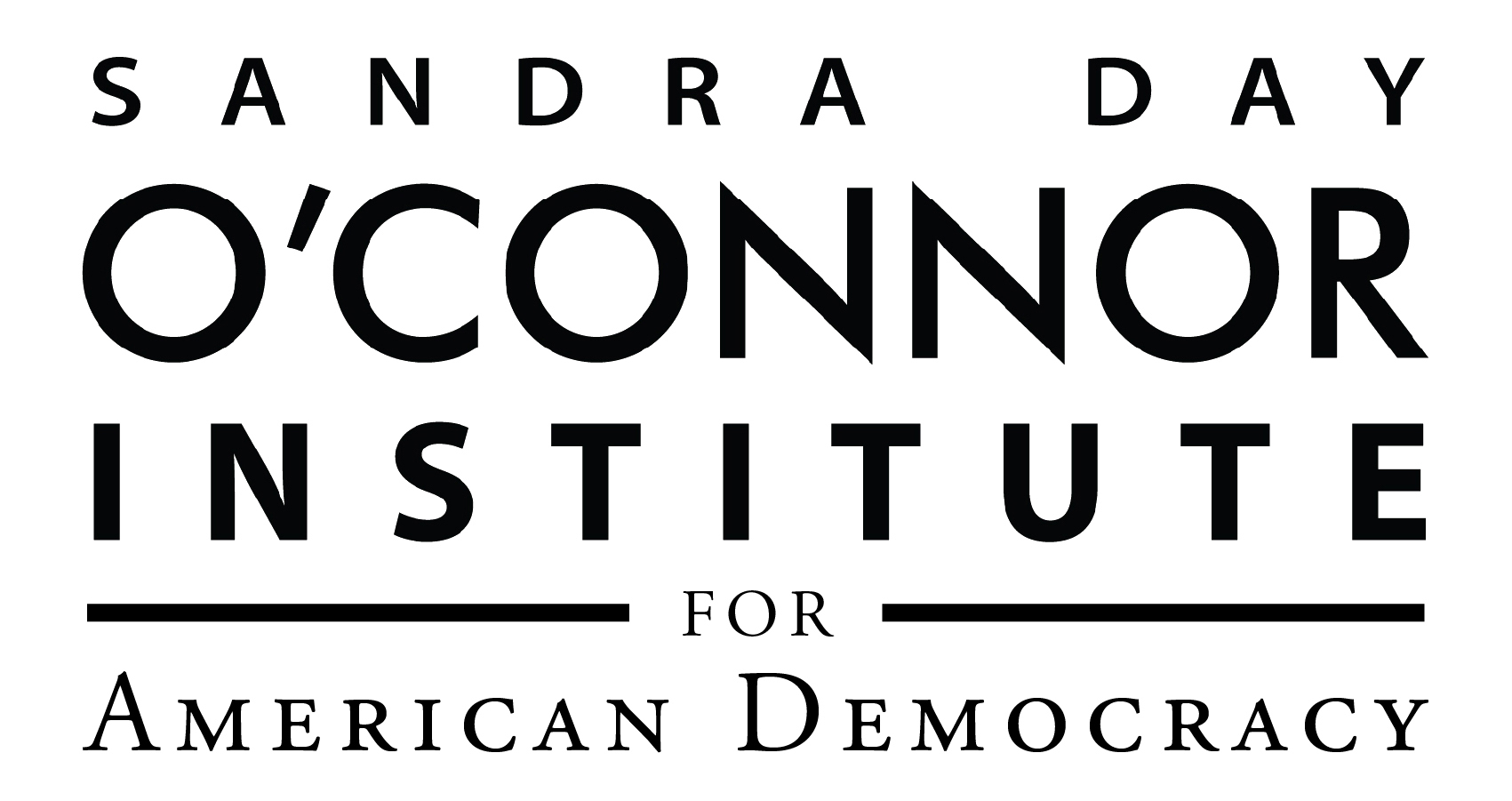What Are the Articles of Confederation and Why Did it Fail?
While the Declaration of Independence was the first step toward creating a new country, the United States still was not free. It needed to defeat the British Army and create a framework for its new government. From July 1776 to 1781, the Second Continental Congress served as the government for the new United States of America. It appointed George Washington as the army’s commander and approved all the expenditures needed to support the army, including food, weapons, and pay. It was primarily based at the Philadelphia State House but moved around as the British military forces attacked close to Philadelphia to avoid being captured.

Library of Congress
Articles of Confederation
The founders understood that declaring independence was only one step; they also needed a government to oversee the new country. At the same time that the Second Continental Congress appointed the Committee of Five to draft the Declaration of Independence, a single representative from each colony was selected to begin work drafting the United States’ first constitution. Over seventeen months, these thirteen men created the Articles of Confederation and Perpetual Union. It was approved by the Second Continental Congress on November 15, 1777, and sent to the states for ratification. The Articles of Confederation went into effect on March 1, 1781, after being ratified by all 13 states.

Continental Congress, Public domain, via Wikimedia Commons
Key features of the Articles of Confederation and Perpetual Union:
- It established a unicameral (made up of one legislative body) legislature.
- The states maintained their sovereignty; they could not be forced to do anything the national government asked them to do.
- Each state had a single vote in the legislature, and it took nine states to approve new laws.
- All thirteen states had to agree to amend the Articles of Confederation.
The Articles of Confederation had several weaknesses, including the following:
- The national government was too weak to collect taxes or regulate commerce because it could only ask states for funds to carry out its duties and not compel states to pay.
- The national government did not have the power to raise an army or navy.
- There was no national court system, so the federal government could not enforce its laws.
- The Articles could be amended only by unanimous vote of the states, making it difficult, if not impossible, to make changes.
Shays Rebellion
In September 1786, Daniel Shays, a revolutionary war veteran, led a rebellion of indebted farmers against the United States because of its treatment of Revolutionary War veterans. After the war, American states were in debt from their war expenses. To pay these debts, they raised taxes on their citizens. Many farmers could not pay these higher taxes, so the state governments seized their land. Shays had fought in the American Revolution and was outraged that those who had risked their lives to form the United States could be treated this way by the new government they fought to create. Shays led a group of veterans to capture guns in Springfield, Massachusetts. Then they turned their attention to shutting down the state courts, believing that if the courts could not meet, the farmers’ land could not be seized.

C. Kendrick, Public domain, via Wikimedia Commons
The weaknesses of the Articles of Confederation soon became apparent because the national government did not have a standing army, and because most men who would have served in the Massachusetts militia were actively fighting against the state, there was no force available to retaliate against these protesters. Boston merchants funded a private army to put down Shays Rebellion.
Shays Rebellion showed that the United States needed a strong national government. However, for that to happen, the states would need to give up some of their sovereignty to create a safer government for all colonists.

